What's New
Displaying results 3741 - 3750 of 4052
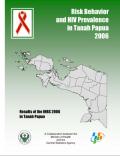
Resource | Publications,
In 2006 the Ministry of Health and provincial Health Offices in Tanah Papua, in collaboration with the National/Local AIDS Commission, Statistics Indonesia (BPS), with support from the World Bank and USAID – FHI/ASA has completed Integrated Bio-Behavioral Surveillance (IBBS 2006) in Tanah Papua (the Land of Papua) which sampled ten districts. IBBS 2006 is a population-based survey, and it was conducted between September-October 2006.
The IBBS 2006 results showed that HIV prevalence among Tanah Papua population was 2.4 percent among population age group 15-49 years old which was higher compared to other parts of the country. The survey also showed that it was already widespread all over Tanah Papua.

Resource | Publications,
This one year project (September 2004 - August 2005) was designed to understand the sexual behavior of the general male population (aged 18-49 years) in Bangladesh and to compare the response rates to sensitive questions on sexual behavior.
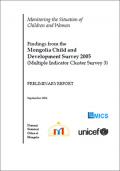
Resource | Publications,
The current survey was designed to collect information on a large number of indicators required for monitoring the goals and targets of the Millenium Declaration, The World Fit for Children Declaration and Plan of Action, and the goals of the United Nations General Assembly Special Session on HIV/AIDS. The survey will not only serve as an up-to-date source of information on the current situation of infants, children and women in Mongolia but also provide valuable feed-back on the impact of the Mongolian National Plan of Action for Children. The results of the survey will serve as the key source of data when preparing the national report from the Government of Mongolia, for the United Nations 'A World Fit for Children Commemorative Session' in 2007 where national, regional and global progress reporting will be done.
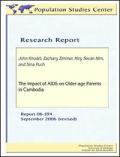
Resource | Publications,
Most adults who die of AIDS have older-aged parents who survive them. This, the first quantitative study in Cambodia to look at the impact of the death of a child due to AIDS on their older parents, directly contributes to "improving data collection and analysis on the status, trends and socioeconomic impact of the epidemic," a recommendation specifically set out by Cambodian government in their efforts to meet the United Nations Millennium Goals. Findings from this study can inform policy aimed at mitigating the impact of the epidemic on older persons.

Resource | Presentations,
This presentation presents the findings of a case study of drug toxicity on a woman diagnosed as HIV positive. It also outlines a suggested management plan moving forward.

Resource | Presentations,
This presentation summarizes the Modified Directly Observed Therapy (MDOT) study which aims to evaluate the method of MDOT at National Pediatric Hospital in Phnom Penh, Cambodia.

Resource | Presentations,
The primary objective of the STI survey is to determine the prevalence of Neisseriagonorrhoeae, Chlamydia trachomatis, Treponema pallidum, HIV, and related risk behaviors among specific sentinel groups.
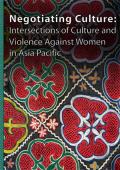
Resource | Publications,
Asia Pacific Forum on Women, Law and Development (APWLD), in partnership with the National Centre Against Violence (NCAV) based in Mongolia, organised a consultation on 11-12 September, 2006 on 'Culture and Violence Against Women in Asia Pacific' with the UN Special Rapporteur on Violence Against Women.
The Consultation aimed to understand and articulate how, despite the fluidity and contestability of cultural norms, oppressive elements of culture, which invariably reflect and reinforce patriarchal power relations, gain dominant representation. The Consultation sought to strategise how a women's human rights agenda can be advanced in this context, providing effective strategies for both the women’s movement in Asia Pacific and for the UNSRVAW for inclusion in her recommendations to States and other actors.

Resource | Publications,
Bangladesh has an internationally recognized and well-established 2nd generation HIV/AIDS surveillance system in place, which helps to closely monitor the HIV situation and to understand the levels of risk behavior associated with HIV infection within population groups surveyed. Groups so far included in the surveillance system have been male, female and transgender sex workers, men who have sex with men, injecting drug users and representatives of 'clients of sex workers groups' such as rickshaw pullers, truckers, STD patients, dock workers, launch workers, 'babus' and students.
This study was designed to obtain a better understanding about the sexual networks of men in Bangladesh with a range of different partners. Additionally, in an effort to correct for 'social desirability bias' in this type of study, extensive efforts were made to carry out a parallel data collection exercise using the 'ballot box' method. This method is a first for sexual behavior research in Bangladesh, and just one of the important contributions made by this study.
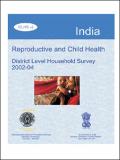
Resource | Publications,
The Reproductive and Child Health (RCH) programme that has been launched by Government of India (GoI) in 1996-97 is expected to provide quality services and achieve multiple objectives. It ushered a positive paradigm shift from method-oriented, target-based activity to providing client-centred, demand-driven quality services. Also, efforts are being made to reorient provider's attitude at grassroots level and to strengthen the services at outreach levels.





